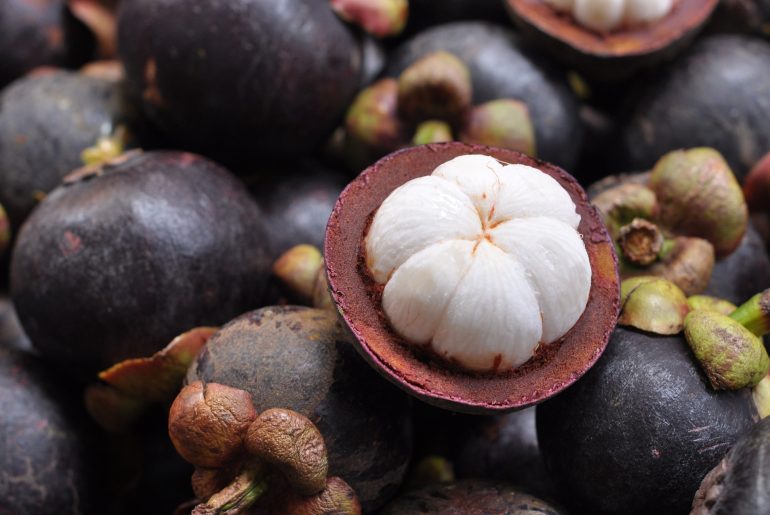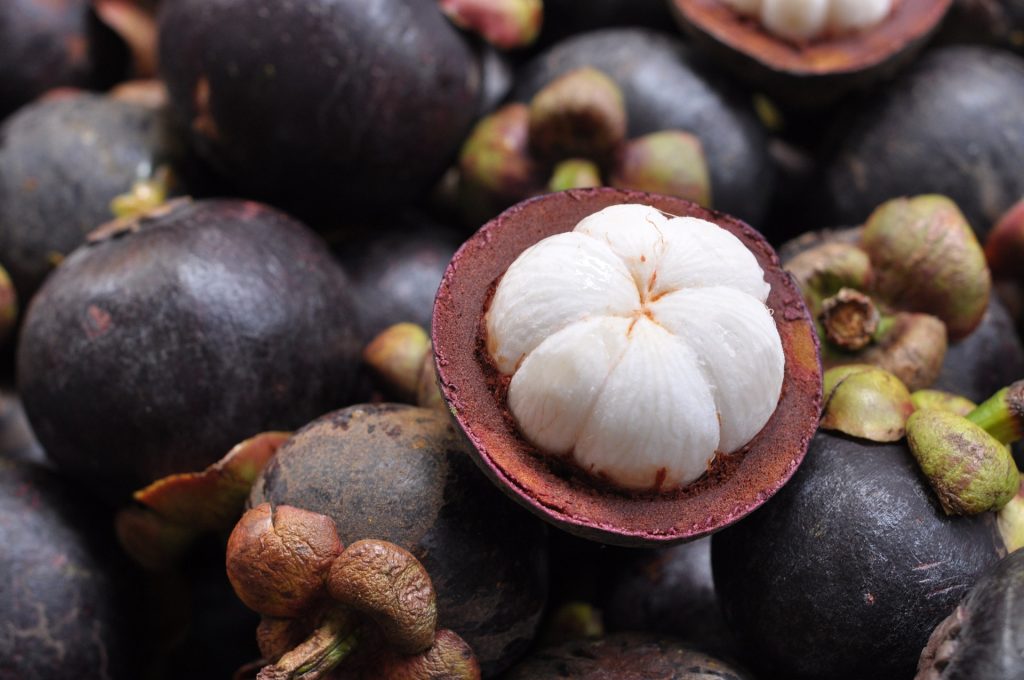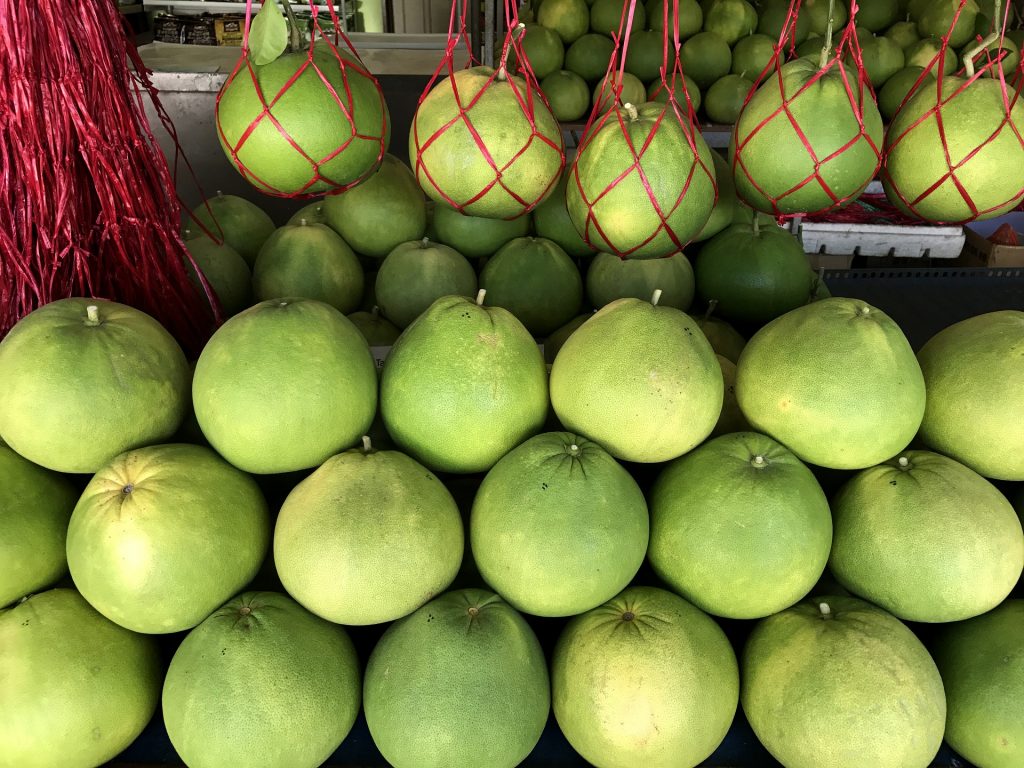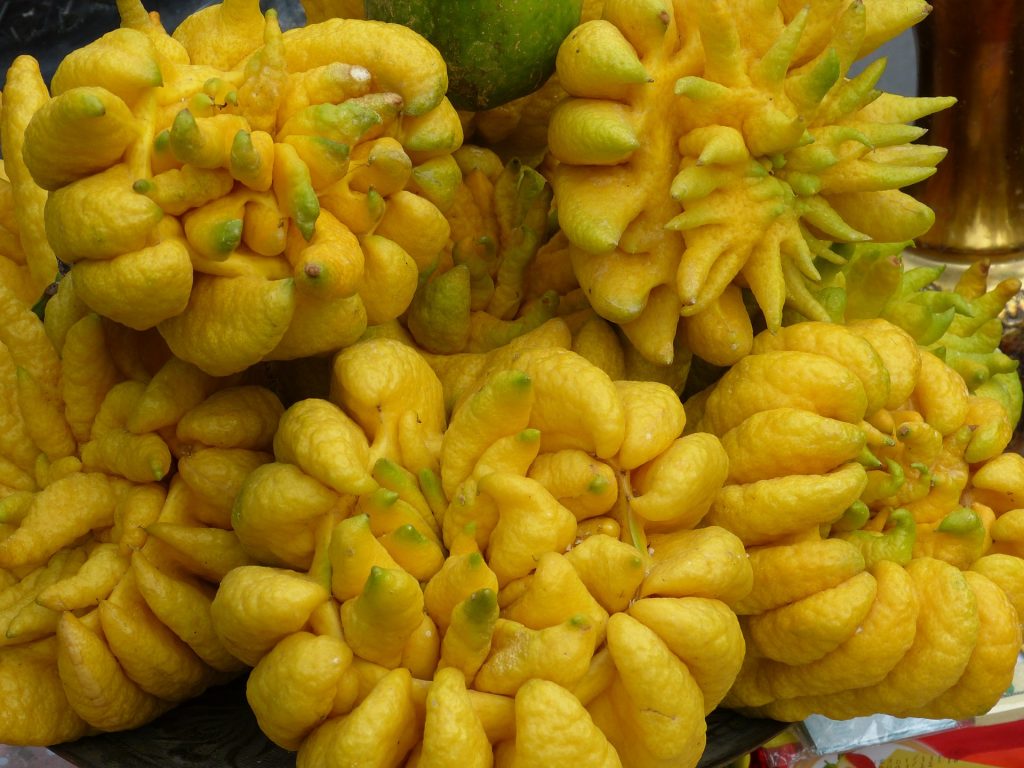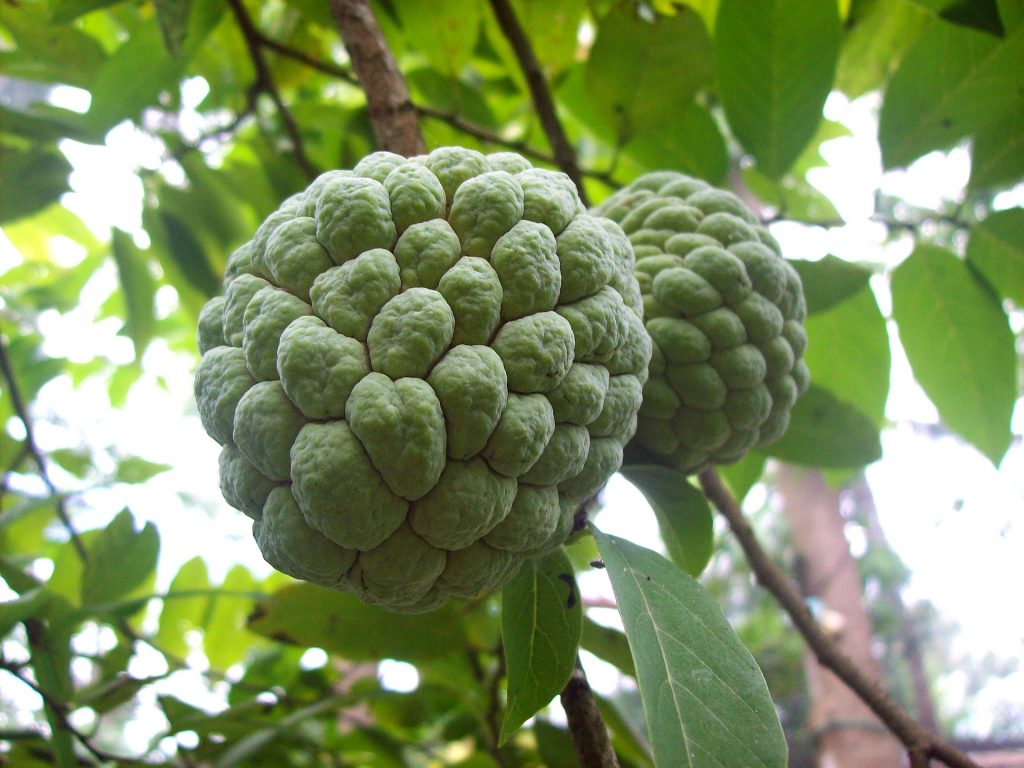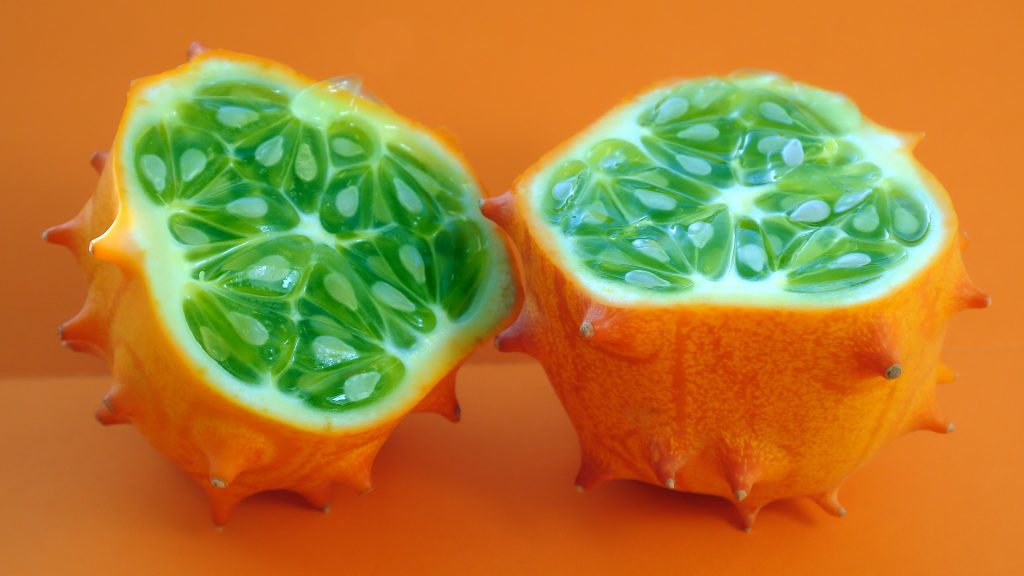You’ve been eating fruit since you were a kid. Strawberries, apples, grapes — you know the usual suspects. But you can go beyond the banana and find a whole new world of sweet, fibrous fruits out there.
Because of their known health benefits — like reducing the risk of diabetes and some cancers — fruits are popular around the world. Many fruits are only available in certain regions of the world because their delicate skin can easily bruise or the product, once harvested, can quickly turn rotten. But that doesn’t have to stop us from admiring their exotic appearances. If you ever come across any of these fascinating fruits, you should definitely give them a try.
Mangosteen
Mangosteen are grown primarily in Southeast Asia and southwest India. The white, pulpy edible segments inside are tangy, cool, and slightly sweet, while the dark purple hard exterior needs to be pulled away.
Pomelo
This citrus fruit is native to South and Southeast Asia, but it’s also grown in the Caribbean and the southern U.S. The peel ranges from pale green to yellow when ripe, and the inside fruit segments taste like a milder grapefruit.
Buddha’s Hand
It’s easy to see how this freaky looking fruit gets its name. The bunches of finger-like sections of yellow fruit don’t contain any pulp or juice, unlike other citrus fruits, but make for great zesting. It tastes like a non bitter lemon peel with a strong flowery fragrance. Buddha’s hand originates from the Himalayan region and is eaten throughout East and Southeast Asia.

Durian
You either love or hate this custardy fruit. The spiky appearance is striking, but not nearly as striking as its legendary stench. In fact, it smells so strong, that it’s forbidden to eat in many public places throughout Southeast Asia.
Sweetsop
Also known as the custard apple or the sugar apple, this custard-tasting fruit can be found growing wild in Jamaica, Barbados, Puerto Rico, and in some regions of North Queensland, Australia.
Miracle Fruit
These red berries get their name from the fact that they contain miraculin glycoprotein because, it will cause sour foods eaten directly after to taste sweet. But eaten alone, the berries themselves aren’t overly sweet, and they have a bit of a tangy taste.
Kiwano
This sub-Saharan native fruit is also known by the name African horned cucumber, horned melon, or spiked melon, along with a handful of other monikers. The kiwano has a slimy lime green interior surrounded by spiky orange skin. The edible fruit tastes like a cross between cucumber, kiwifruit, and zucchini, though as it ripens, it tastes morel like banana.
Ackee
Ackee is a native of tropical West Africa, but it migrated to Jamaica with explorers in the 18th century and is now the national fruit of Jamaica. While it’s extremely popular in neighboring Caribbean nations, ackee is illegal in the U.S. because it contains a poison called hypoglycin that can lead to coma or death if that fruit isn’t prepared properly.
Wood Apple
The wood apple is known by other names around the world including monkey fruit and elephant apple — the latter because it’s a favorite food of elephants. It’s considered sacred by Hindus and is widely popular in India, Sri Lanka, and Thailand. The boiled-raisin tasting fruit is often blended up as juice or used in a shake.
Hala Fruit
While native to Australia and the Pacific Islands, haha fruit is now grown in Hawaii, as well. Inside the hard, fibrous exterior are dozens of colorful wedges, known as keys, that each have seeds. Haha fruit can be eaten raw or cooked. The plant’s leaves are often used for thatch roofs, grass skirts, mats, and baskets.
Also see, 7 Fruits and vegetables you should never juice.

